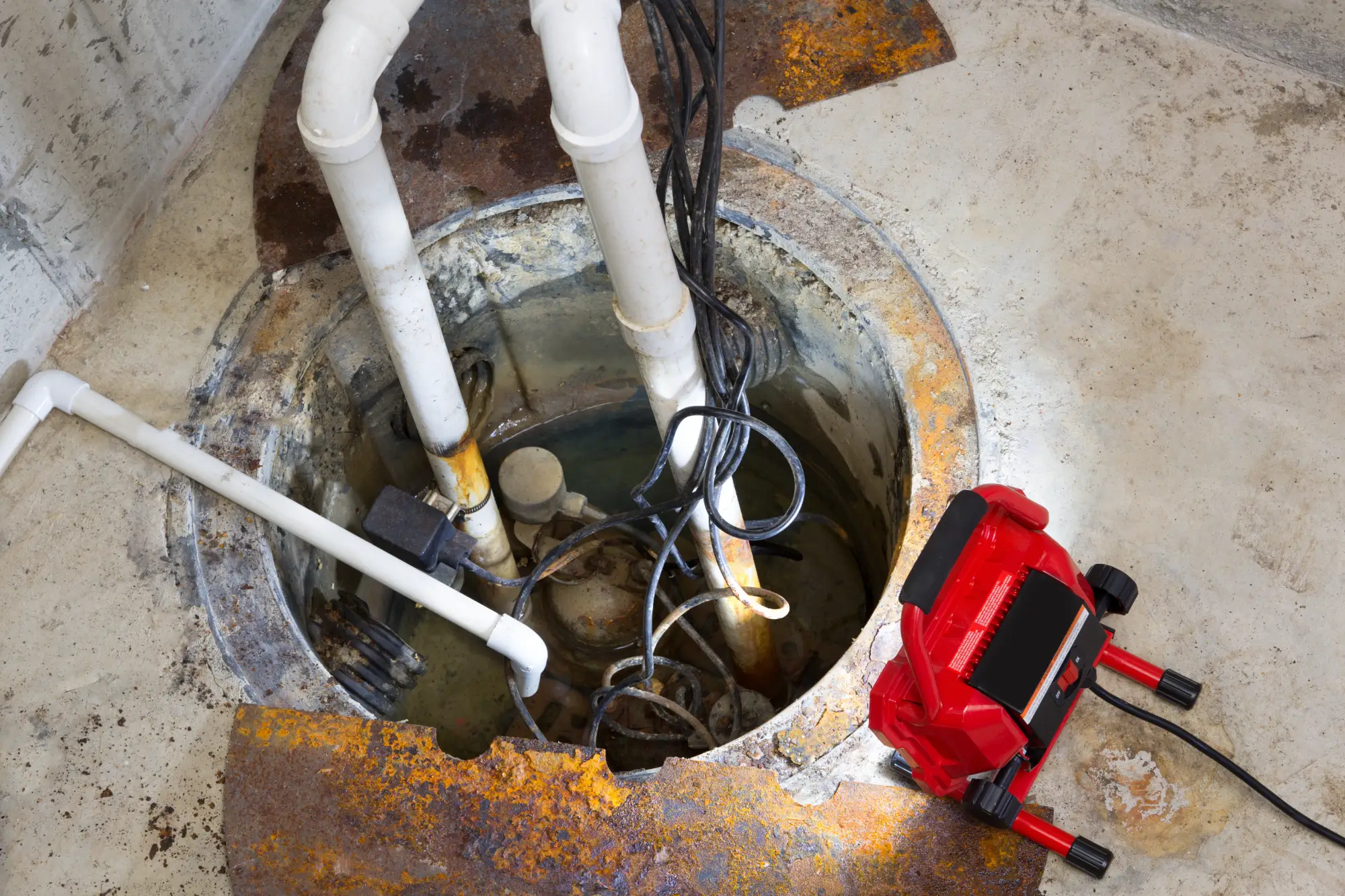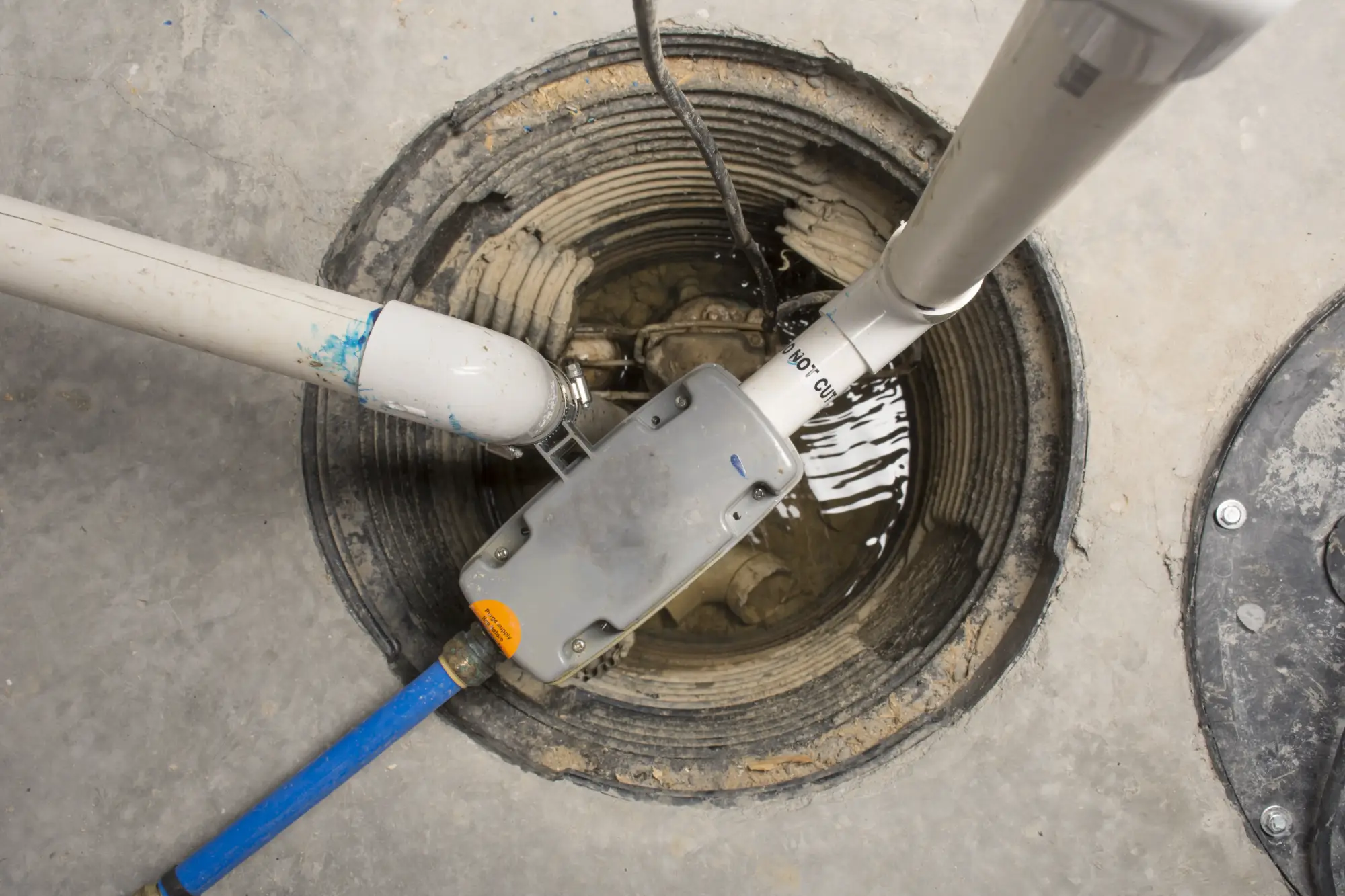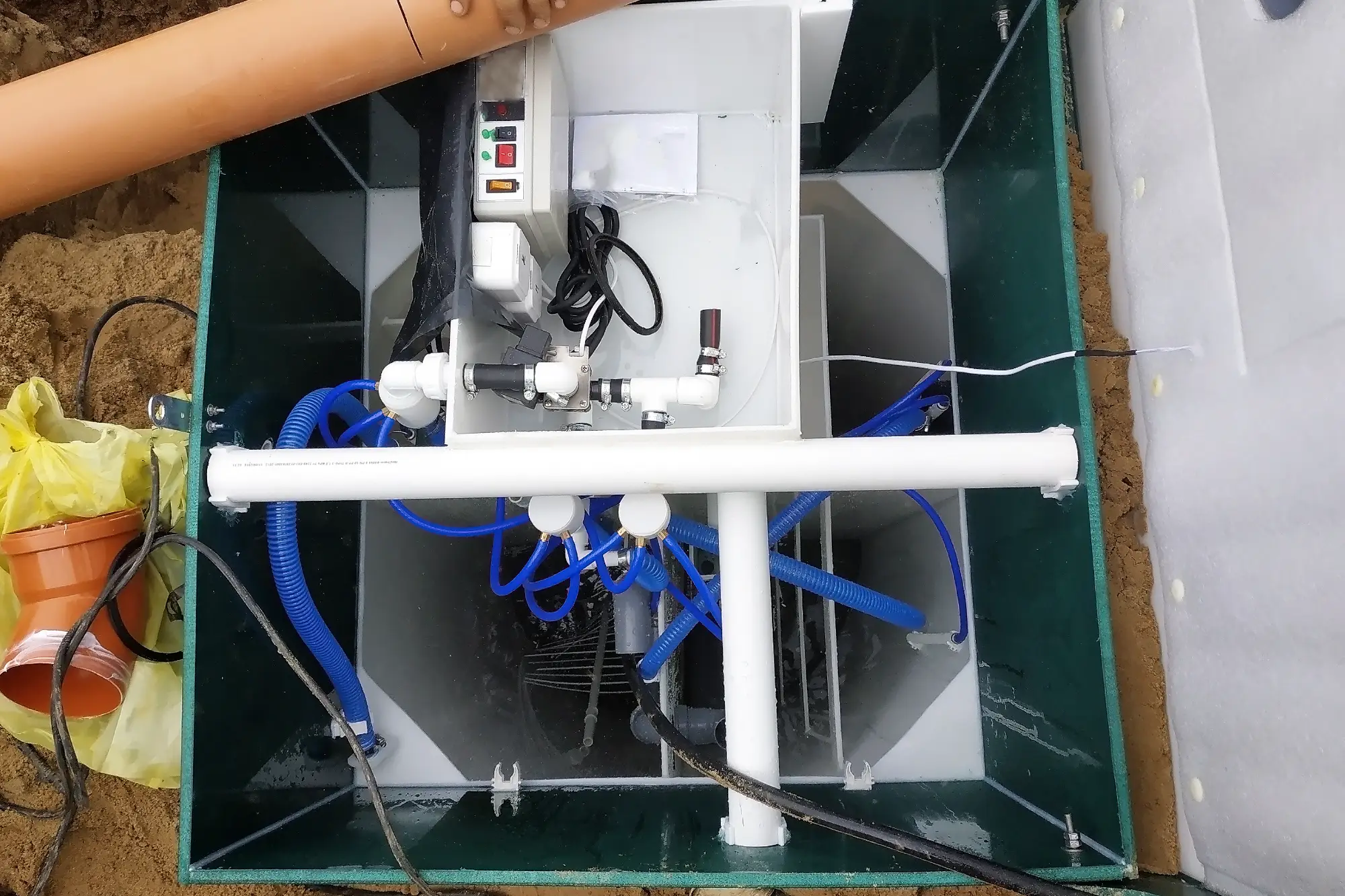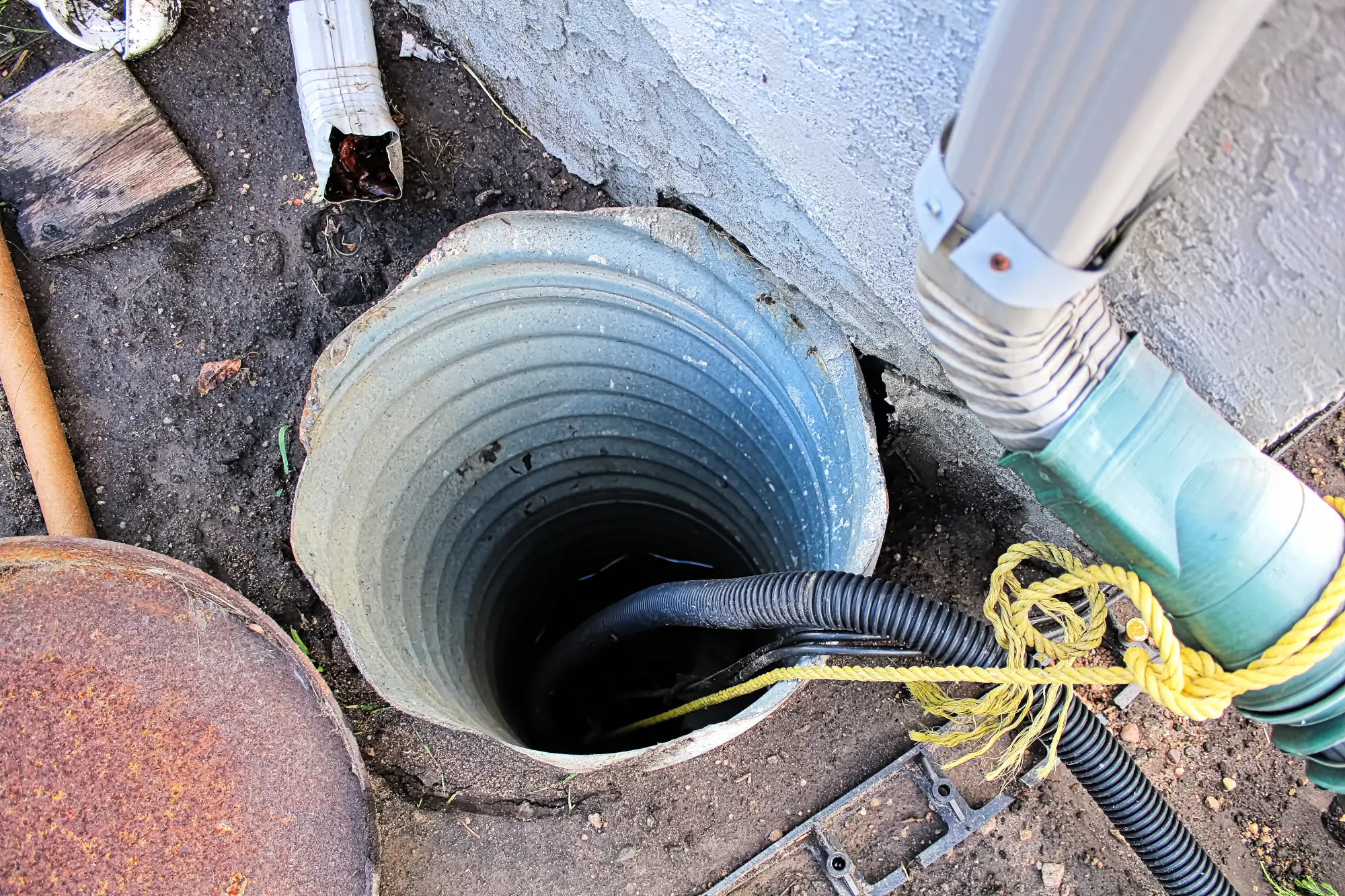Sump Pump Installation in East Moriches, NY
Basement Protection That Actually Works
Custom sump pump systems engineered for Long Island’s challenging water conditions and your peace of mind.

Hear About Us

Reliable Basement Sump Pump Systems
You shouldn’t have to check your basement every time it rains. A properly installed basement sump pump system handles the water so you don’t have to think about it.
When your sump pump installation is done right, your basement stays dry during spring thaws, summer storms, and nor’easters. You get back that storage space, protect your belongings, and eliminate the musty smell that comes with persistent moisture.
The difference isn’t just a dry basement—it’s the confidence that comes with knowing your home’s foundation is protected. No more moving everything off the floor when heavy rain is forecast. No more wondering if this storm will be the one that floods your mechanical room.
East Moriches Sump Pump Installers
Diamond Masonry & Waterproofing LLC has been solving basement water problems across Suffolk County for years. We understand how East Moriches homes are built and why standard solutions often fall short.
Long Island’s high water table and clay soil create unique drainage challenges. We’ve seen what happens when sump pumps are installed without considering local conditions—they fail when you need them most.
Our installations account for your home’s specific drainage patterns, soil conditions, and the reality of living near the water. We’re licensed, insured, and focused on solutions that work for the long term.

Professional Sump Pump Installation Process
Every basement sump pump installation starts with understanding where your water comes from and where it needs to go. We evaluate your basement’s low points, existing drainage, and how water moves around your foundation.
The sump pit gets dug to the right depth and lined properly—not just dropped in place. We install the pump with appropriate discharge piping that won’t freeze in winter or back up during heavy rains. The system includes a check valve to prevent backflow and proper electrical connections that meet code.
We test everything before we leave. You’ll see how the system activates, where the water discharges, and what to expect during normal operation. No guesswork, no hoping it works when the next storm hits.

Ready to get started?
Explore More Services
About Diamond Masonry & Waterproofing
Get a Free Consultation
Custom Sump Pump Solutions
Your basement sump pump system includes everything needed for reliable operation: high-quality pump sized for your basement’s water volume, properly constructed sump pit with gravel base and liner, discharge piping routed to daylight or storm drain, and electrical connections that meet New York codes.
We handle permits when required and coordinate with any existing basement waterproofing systems. If your situation calls for it, we can install backup pumps or battery backup systems for power outage protection.
Each installation includes testing and a walkthrough so you understand how your system operates. We explain what normal operation looks like and when to call for service—because knowing your system helps it last longer.

How long does sump pump installation take in East Moriches?
What size sump pump do I need for my basement?
Do I need a backup sump pump system?
Where does the water go from my sump pump?
How much does sump pump installation cost in East Moriches?
How often do sump pumps need maintenance or replacement?
Local Resources
- Google Map Link
- Find the East Moriches, NY USPS
- Locate Nearby East Moriches, NY Pharmacies
- View the Current Weather in East Moriches, NY
- East Moriches, NY is located in Suffolk county in New York State